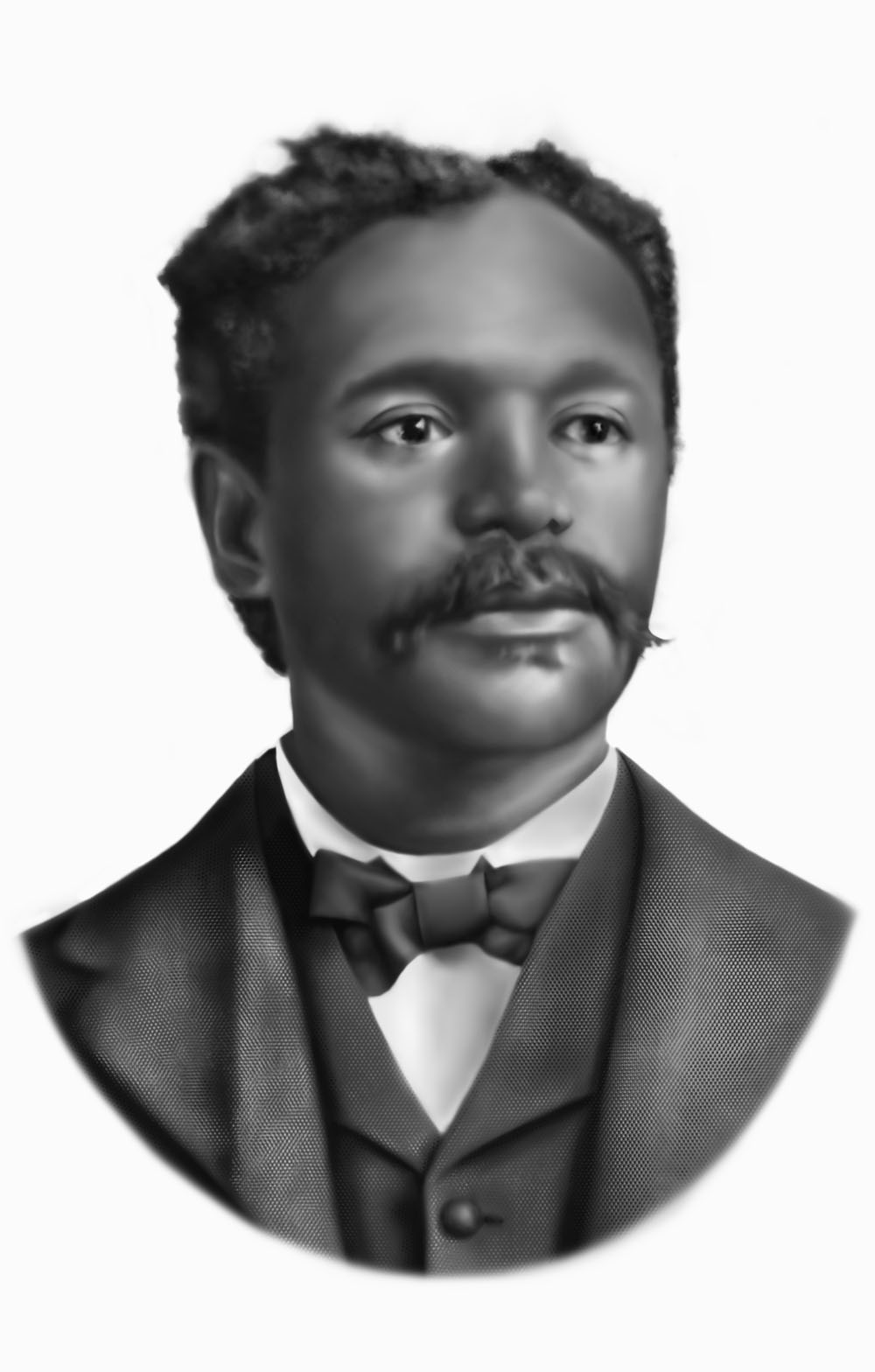
Styles Linton (S.L.) Hutchins and his younger law partner Noah Parden were involved in one of the pivotal legal cases in our history. This case, the Ed Johnson case, gave rise to our modern understanding of the authority of the federal constitution over state criminal matters, modern habeas jurisprudence, and the authority of the United States Supreme Court. Hutchins and Parden's efforts in this case exemplify the noblest and very highest ideals and values of the legal profession.
Ed Johnson was a young black man accused of raping a young white woman in 1906 at the foot of Lookout Mountain in Chattanooga. Spurred on by sensational and inflammatory media coverage, the white population of Chattanooga became enraged and demanded quick punishment for the perpetrator. Based upon skimpy evidence Johnson was quickly charged. With threats of mob violence both inside and outside of the courtroom, he was found guilty after a short trial and sentenced to death. After his conviction his family approached Hutchins and his junior partner, Noah Parden, to take on post-conviction representation. Parden had rejected requests to take on the case before and after the conviction.
[Parden had] rejected requests by white lawyers and leaders within the black community to get involved in Johnson's defense during the trial., even after Johnson had been condemned to die, Parden initially turned away Johnson's father who pleaded for help in saving his son's life. But Hutchins insisted they accept the case. The older lawyer saw it as their duty and eventually browbeat his young associate into handling the appeal. Hutchins finally won over Parden with the argument "[m]uch has been given to us by God and man . . . Now much is expected."
Parden and Hutchins recognized that by taking on the case they would jeopardize their law practice, their livelihoods, their reputations in the community, their positions in the Chattanooga community, and their physical safety and well-being. "They debated the disastrous impact that the appeal would have on their law practice and their reputations. They discussed the very real possibility of the lynch mob coming after them." Knowing these risks, they took on the case.
Parden traveled to Washington, D.C. where he presented their petition to Associate Justice of the United States Supreme Court John Marshall Harlan. The argument presented was that Johnson had received a fundamental unfair trial because although the formalities of a fair trial had been observed, in fact in substance he did not receive a fair trial. Parden was one of the first, if not the first, black lawyers to argue before a justice of the Supreme Court as lead counsel. The Supreme Court accepted the petition and ordered a stay of Johnson's execution, placed Johnson in federal custody, and assigned the Sheriff the responsibility of safeguarding Johnson. The Supreme Court sent a telegraph with the order to Hutchins and others in Chattanooga. The very next day the angry mob broke into the Hamilton County jail, took Johnson out, and lynched him on the Walnut Street bridge. Following this lynching the Supreme Court for the first and only time in its history held a trial and found the Hamilton County Sheriff and others guilty of contempt of court.
Hutchins was born before the Civil War on November 21, 1852, in Lawrenceville, Ga. All accounts state that Hutchins' father and presumably Hutchins also was born into slavery. Hutchins reported that his father, William Dougherty Hutchins, purchased his freedom from his owner six years before the civil war when Hutchins would have been around four years of age. His father owned a successful barber business and introduced Hutchins to the trade. Hutchins had the benefit of early education, graduated from Atlanta University, and attended the University of South Carolina Law School where he graduated in 1876. He was appointed a state court judge that same year, but the South Carolina legislature abolished the position shortly after his appointment. He left South Carolina for his home state, Georgia, and became the first black person admitted to the Georgia bar. Later he relocated to Chattanooga, Tennessee where he opened a law practice, won a seat in the Tennessee General Assembly, and started a newspaper. He and Parden became partners and together they represented nearly two-thirds of the black people requiring legal representation. Hutchins filed cases opposing racial discrimination. He filed suit over the segregation of the municipal swimming pool. He also represented Annie Blount, the wife of Alfred Blount who was lynched in 1893 from the Walnut Street Bridge, in a lawsuit against the sheriff for not protecting her husband. Hutchins was a follower of W.E.B. DuBois.
After the lynching Hutchins made some trips to other states to discuss the case but he did not travel as extensively as did Parden. In Chattanooga their legal practice suffered greatly. Former clients avoided them. Finally, due to the threats to their safety they both left Chattanooga. Their homes and office were attacked. An unsuccessful effort was made to burn their office. Rocks had been thrown through the windows of their homes and shots had been fired into Parden's home while his wife was inside. They received messages from friends and relatives that they would most likely be killed by a mob if they did return. Hutchins resided for a time in Peoria, Illinois and then Kewanee, Illinois, and later Mattoon, Illinois. He practiced law in Peoria until retirement in 1920. He then opened a barber business which he and his son ran until his death in Mattoon on September 7, 1950.